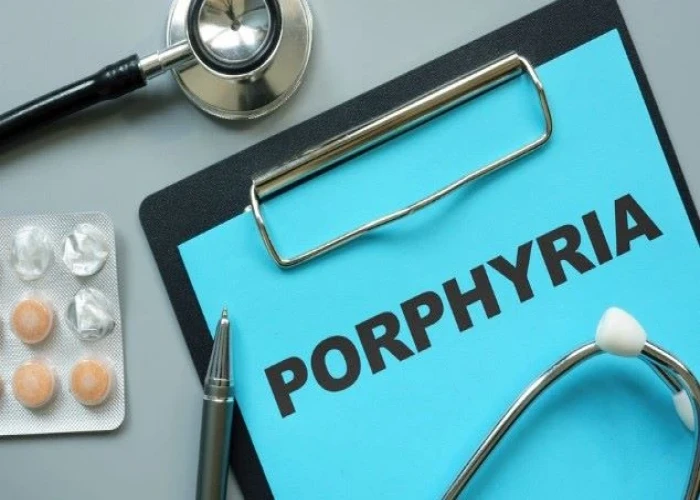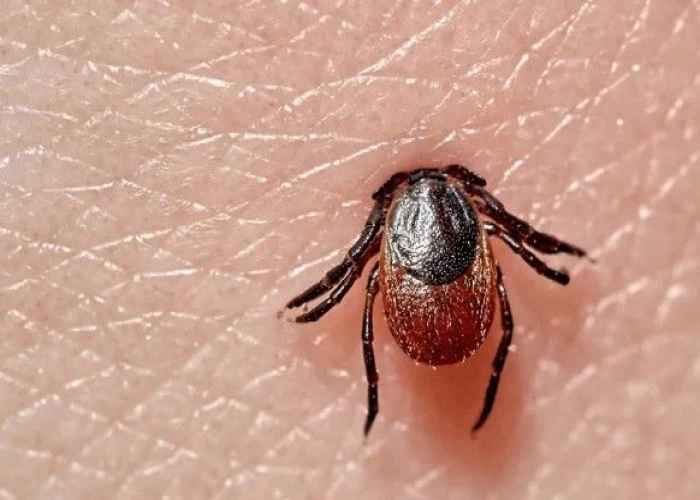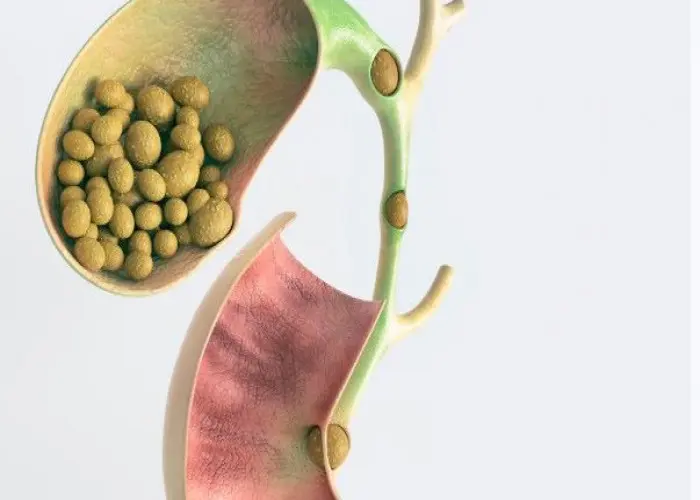 Welcome
Welcome
“May all be happy, may all be healed, may all be at peace and may no one ever suffer."
Porphyria

Porphyria is a group of rare genetic disorders that affect the production of heme, a component of hemoglobin that carries oxygen in the blood. There are several types of porphyria, each caused by a different enzyme deficiency in the heme biosynthesis pathway.
The symptoms of porphyria can vary depending on the type and severity of the condition, but they may include abdominal pain, skin sensitivity to sunlight, red or purple skin lesions, blistering, itching, swelling, and nerve damage. Some types of porphyria can also cause psychiatric symptoms such as anxiety, depression, hallucinations, and seizures.
Diagnosis of porphyria typically involves blood and urine tests to measure levels of porphyrin and heme precursors, as well as genetic testing to identify the specific enzyme deficiency causing the condition.
Treatment of porphyria may involve managing symptoms through medication, avoiding triggers such as sunlight, and in some cases, intravenous heme therapy to reduce the production of toxic heme precursors. Some severe cases may require liver transplantation to replace the deficient enzyme.
Porphyria is a rare disorder, and most people with the condition are able to manage their symptoms and live a normal life with proper treatment and care.
Research Papers
Disease Signs and Symptoms
- Abdomen pain
- Irregular heartbeats (arrhythmia)
- High blood pressure (hypertension)
- Rapid fluttering heartbeats (palpitations)
- Inability to breathe
- Confusion (Hallucinations)
- Anxiety
- Dark urine color
- Weakness
- Numbness
- Muscle pain
- Nausea or vomiting
- Diarrhea
- Back pain
- Leg pain
- Chest pain
- Seizures
Disease Causes
Porphyria
All types of porphyria involve a problem in the production of heme. Heme is a component of hemoglobin, the protein in red blood cells that carries oxygen from your lungs to all parts of your body. Heme production, which occurs in the bone marrow and liver, involves eight different enzymes — a shortage (deficiency) of a specific enzyme determines the type of porphyria.
In cutaneous porphyria, the porphyrins build up in the skin, and when exposed to sunlight, cause symptoms. In acute porphyrias, the buildup damages the nervous system.
Genetic forms
Most forms of porphyria are inherited. Porphyria can occur if you inherit:
- A defective gene from one of your parents (autosomal dominant pattern)
- Defective genes from both parents (autosomal recessive pattern)
Just because you inherit a gene or genes that can cause porphyria doesn't mean that you'll have signs and symptoms. You might have what's called latent porphyria, and never have symptoms. This is the case for most carriers of the abnormal genes.
Acquired forms
Porphyria cutanea tarda (PCT) typically is acquired rather than inherited, although the enzyme deficiency may be inherited. Certain triggers that impact enzyme production — such as too much iron in the body, liver disease, estrogen medication, smoking or excessive alcohol use — can cause symptoms.
Disease Prevents
Porphyria
Although there's no way to prevent porphyria, if you have the disease, avoid triggers to help prevent symptoms.
Because porphyria is usually an inherited disorder, your siblings and other family members may want to consider genetic testing to determine if they have the disease, and get genetic counseling if needed.
Disease Treatments
Treatment depends on the type of porphyria you have and the severity of symptoms. Treatment includes identifying and avoiding symptom triggers and then relieving symptoms when they occur.
Avoiding triggers
Avoiding triggers may include:
- Not using medications known to trigger acute attacks. Ask your doctor for a list of safe and unsafe drugs.
- Not using alcohol or recreational drugs.
- Avoiding fasting and dieting that involves severe calorie restriction.
- Not smoking.
- Taking certain hormones to prevent premenstrual attacks.
- Minimizing sun exposure. When you're outdoors, wear protective clothing, and use an opaque blocking sunscreen, such as one with zinc oxide. When indoors, use window filters.
- Treating infections and other illnesses promptly.
- Taking steps to reduce emotional stress.
Acute porphyrias
Treatment of acute porphyria attacks focuses on providing rapid treatment of symptoms and preventing complications. Treatment may include:
- Injections of hemin, a medication that is a form of heme, to limit the body's production of porphyrins
- Intravenous sugar (glucose), or sugar taken by mouth, if able, to maintain an adequate intake of carbohydrates
- Hospitalization for treatment of symptoms, such as severe pain, vomiting, dehydration or problems breathing
In 2019, the FDA approved givosiran (Givlaari) as a monthly injection for adults with acute hepatic porphyria to reduce the number of porphyria attacks. But it’s important to discuss safety information and potential serious side effects with your doctor. These include but are not limited to nausea, liver and kidney toxicity, and a small risk of anaphylaxis.
Cutaneous porphyrias
Treatment of cutaneous porphyrias focuses on reducing exposure to triggers such as sunlight and reducing the amount of porphyrins in your body to help eliminate your symptoms. This may include:
- Periodically drawing blood (phlebotomy) to reduce the iron in your body, which decreases porphyrins.
- Taking a drug used to treat malaria — hydroxychloroquine (Plaquenil) or, less often, chloroquine (Aralen) — to absorb excess porphyrins and help your body get rid of them more quickly than usual. These medications are generally used only in people who can't tolerate a phlebotomy.
- A dietary supplement to replace vitamin D deficiency caused by avoidance of sunlight.
Disease Diagnoses
Disease Allopathic Generics
Disease Ayurvedic Generics
Disease Homeopathic Generics
Disease yoga
Porphyria and Learn More about Diseases

Lyme disease

Claudication

Acne

Gallstones

Dry skin

Seborrheic dermatitis

Systemic mastocytosis

Dysentery
porphyria, পোরফায়ারিয়া
To be happy, beautiful, healthy, wealthy, hale and long-lived stay with DM3S.
